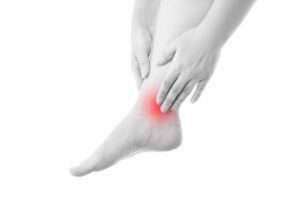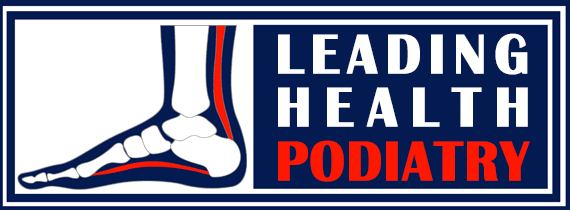Posterior Tibial Tendon Dysfunction (PTTD)
What is Posterior Tibial Tendon Dysfunction (PTTD)?
Posterior Tibial Tendon Dysfunction (PTTD) is a condition that affects the tendon running along the inside and back of the lower leg. The posterior tibial tendon is responsible for supporting the arch and allowing you to stand on your tiptoes. When this tendon becomes damaged or weakened, it can lead to difficulties with walking, standing, or even standing on your toes.

What Causes PTTD?
PTTD typically results from overuse and excess strain placed on the tendon. Common causes include:
- Foot Type: Flat (pronated) feet put additional strain on the tendon.
- Footwear: Regularly wearing unsupportive shoes can exacerbate the condition.
- Physical Activity: Increased activity such as running, hiking, or long-distance walking.
- Occupational Strain: Working on hard floors can add extra pressure on the tendon.
- Weight: Increased body weight can contribute to more strain on the posterior tibial tendon.
Symptoms of Posterior Tibial Tendon Dysfunction
The symptoms of PTTD can range from mild to severe and include:
- Pain and tenderness along the inside of the shin, ankle, or foot
- Swelling in the affected area
- Muscle aches and fatigue in the foot or ankle
- Flattening of the arch, often referred to as adult-acquired flat foot (AAFF)
How PTTD Progresses
If left untreated, PTTD can worsen over time. Symptoms may start with mild pain in the arch and ankle, but as the condition progresses:
- The arch may begin to flatten, and the foot may start turning outward.
- Pain may move to the outside of the foot, especially below the ankle.
- In severe cases, the tendon may tear completely, leading to significant pain and functional limitations.
Treatment for Posterior Tibial Tendon Dysfunction
Early intervention by a podiatrist is crucial to slowing the progression of PTTD and improving the outcome. Treatment options may include:
- Short-Term Immobilisation: Use of a moon boot or supportive device to give the tendon a chance to heal.
- Custom Foot Orthotics: Providing support to the arch and relieving pressure on the tendon.
- Braces: Above-ankle braces to provide added stability.
- Footwear Recommendations: Modifications to footwear to improve function and support.
- Rehabilitation: Stretching and strengthening exercises to restore strength and flexibility in the muscles around the foot and ankle.
- Medications: Anti-inflammatory drugs for pain relief.
- Surgery: In extreme cases, surgery may be necessary if conservative treatments do not yield satisfactory results.
At Leading Health Podiatry, we are dedicated to providing personalized care for patients suffering from Posterior Tibial Tendon Dysfunction. If you are experiencing pain, swelling, or issues with your feet and ankles, contact us today to schedule an appointment and start your recovery.
